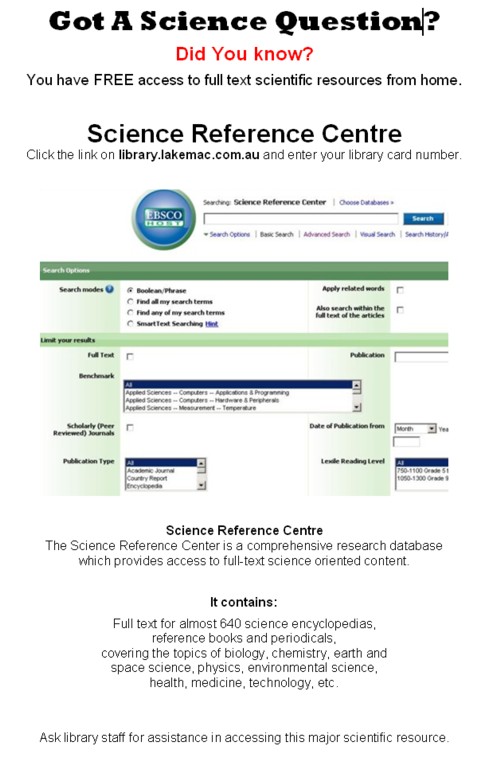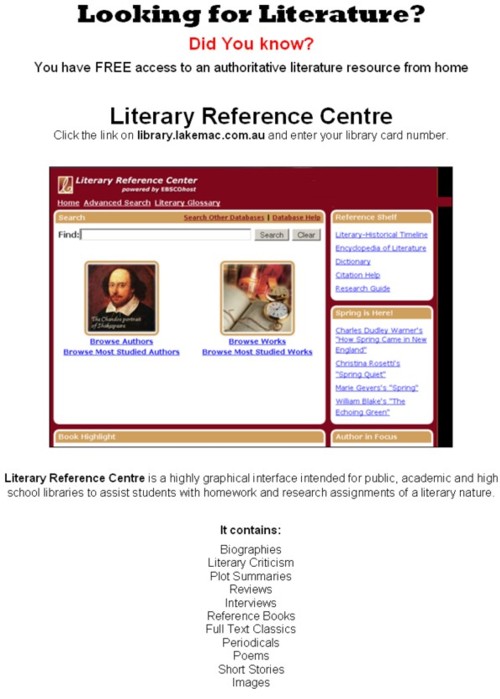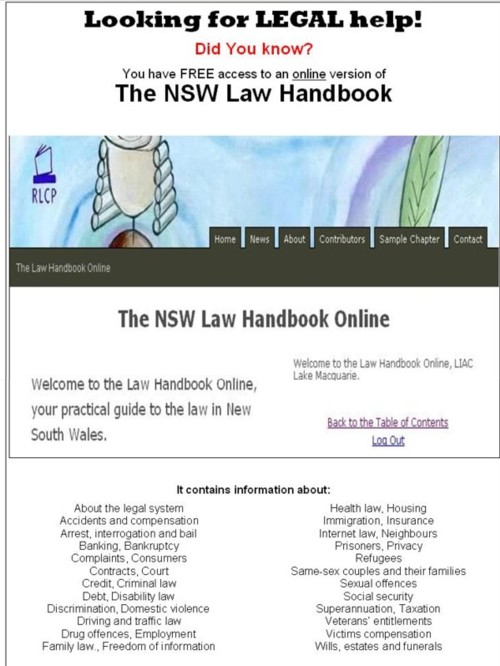
Resource Name: AUSTRALIAN STANDARDS ONLINE
1. How do I access this resource?
Available from library branches only. Please ask staff for log in assistance.
2. Is it available from home?
No.
3. Does it have much Australian content?
It covers all Australian Standards.
4. Is there an advanced searching option?
Subject Search: Arranges all Standards by subject area, and users may select to search within a subject to find what sub-headings and Standards are listed below it.
Power Search: allows for more complex searches which combine any number of search strings together. This may include keywords in the title or abstract (summary); keywords in the full text of the standard; or date of publishing.
5. For whom would this resource be suitable?
Those who need to refer to Australian standards.
6. How is this resource unique?
This site draws on subscription only content.
7. What are similar or complementary resources?
Books: New South Wales timber framing manual.
Online: Standards Australia [www.standards.org.au]
8. What would be sample questions that this resource could answer?
Q. What are Australian Standards for “Swimming Pool Safety”.
A. Enter “Swimming Pool Safety” Quick search. Results included: Swimming pool safety - Safety barriers for swimming pools ; Swimming pool safety - Location of safety barriers for swimming pools ; Swimming pool safety - Water recirculation systems ; Guide to swimming pool safety
9. What does the search result list show?
Standards Number; Title of Standard or publication, link to full text.
10. Rate this resource.
Australian Standards Online is an efficient, trouble-free way to access over 7,700 national Australian Standards.

















